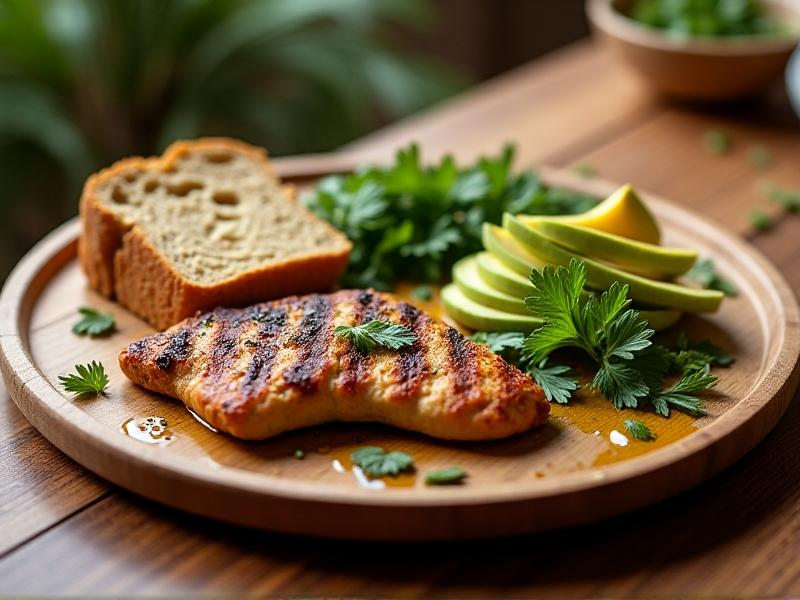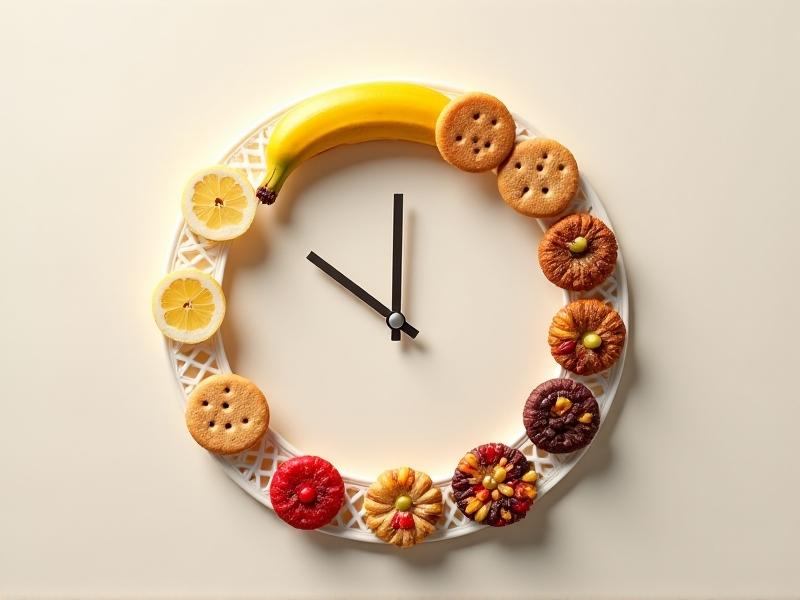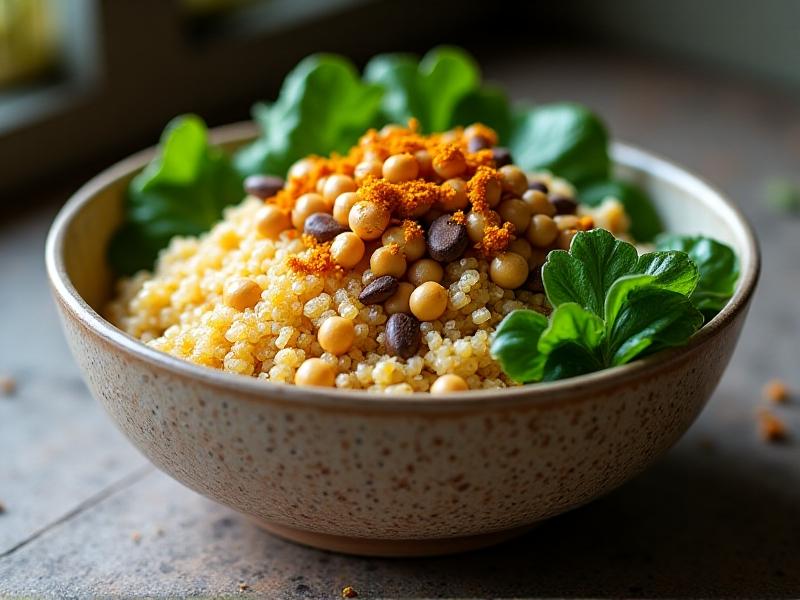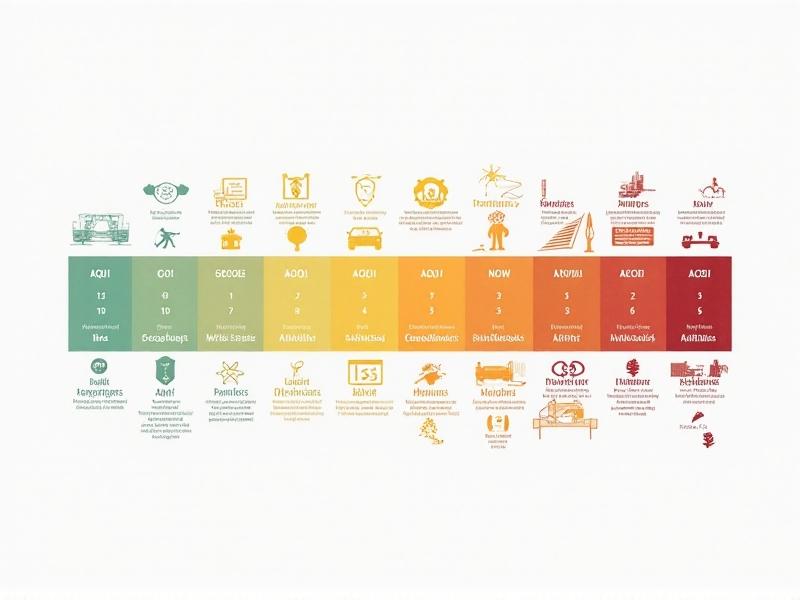Strategic Snacking Macros for Flow State
Understanding the Flow State: Cognitive Demands and Nutritional Support

The flow state, a term coined by psychologist Mihaly Csikszentmihalyi, describes a mental zone of deep focus where time seems to dissolve, and productivity peaks. Achieving this state requires a balance of challenge and skill, but nutrition often goes overlooked as a catalyst. The brain consumes 20% of the body’s energy despite making up only 2% of its weight, relying heavily on glucose, amino acids, and fats to maintain cognitive functions. Without steady fuel, mental clarity dwindles, and distractions creep in. Snacking strategically ensures a consistent supply of nutrients to support neurotransmitter production—like dopamine for motivation and acetylcholine for memory—while stabilizing blood sugar to avoid energy crashes. It’s not just about eating; it’s about feeding the flow.
The Role of Macronutrients: Carbs, Protein, and Fats

Carbohydrates are the brain’s primary energy source, but not all carbs are equal. Complex carbs like oats or sweet potatoes release glucose gradually, while refined sugars spike and crash energy. Pairing carbs with protein—think Greek yogurt with berries—slows digestion and provides tyrosine, an amino acid precursor to dopamine. Healthy fats, like those in almonds or chia seeds, support cell membrane integrity and reduce inflammation, which is critical for long-term cognitive health. Omega-3 fatty acids, found in walnuts and salmon, enhance synaptic plasticity, directly influencing learning and problem-solving. Balancing these macros creates synergy: carbs ignite focus, proteins sustain it, and fats protect it.
Timing Matters: When to Snack for Optimal Focus

Snacking too close to a meal can cause lethargy, while waiting too long between meals leads to brain fog. The ideal window? A small, macro-balanced snack 60–90 minutes before diving into a task. This gives the body time to metabolize nutrients without digestive discomfort. During prolonged focus sessions, a 100–150 calorie snack every 90 minutes maintains glucose levels. Avoid high-glycemic foods like candy bars—they offer fleeting energy but impair concentration. Instead, opt for slow-release combos: apple slices with almond butter or hummus with veggies. Timing isn’t just about the clock; it’s about aligning with your body’s metabolic rhythm to sustain flow.
Building Balanced Snacks: Macro Ratios for Sustained Energy

A flow-friendly snack should follow a 40:30:30 ratio—40% complex carbs, 30% protein, and 30% healthy fats. This balance ensures steady energy without blood sugar spikes. For example, pair a small handful of blueberries (carbs) with cottage cheese (protein) and crushed flaxseeds (fats). Portable options include turkey roll-ups with avocado or dark chocolate-covered almonds. Fiber is a silent hero here, slowing glucose absorption and promoting gut health, which is linked to serotonin production. Experiment with textures and flavors to keep snacks appealing; monotony can distract from flow as much as poor nutrition.
Hydration and Electrolytes: The Overlooked Elements of Flow
Dehydration shrinks brain tissue, impairing attention and memory. Even mild dehydration (2% fluid loss) reduces cognitive performance. Water is essential, but electrolytes—sodium, potassium, magnesium—enhance hydration by maintaining fluid balance. Coconut water or a pinch of sea salt in lemon water can replenish electrolytes during long tasks. Herbal teas or water-rich snacks like celery or oranges also contribute. Avoid excessive caffeine, which dehydrates and heightens anxiety. Think of hydration as the foundation of your snacking strategy: without it, even the best macros can’t fully unlock flow.
Avoiding Pitfalls: Sugary Traps and Energy Crashes
Processed snacks loaded with refined sugars or artificial additives promise quick energy but deliver crashes. These foods disrupt dopamine regulation, leading to cravings and reduced motivation. Instead, prioritize whole foods with natural sugars and fiber, like dates or pear slices. Combining sugar sources with protein or fat—like yogurt with honey—moderates glucose absorption. Reading labels is key: avoid snacks where sugar tops the ingredients list. Remember, a temporary sugar high isn’t worth derailing an hour of deep work. Your brain deserves better.
Practical Recipes and Snack Ideas for Flow State
Try these flow-focused snacks: (1) Almond Butter Banana Toast : Whole-grain toast + almond butter + banana slices + cinnamon. (Carbs: 25g, Protein: 8g, Fats: 12g). (2) Savory Oatmeal Bowl : Steel-cut oats + poached egg + avocado + sesame seeds. (Carbs: 30g, Protein: 10g, Fats: 15g). (3) Turmeric Latte : Warm almond milk + turmeric + black pepper + a dash of maple syrup. (Carbs: 10g, Protein: 3g, Fats: 5g). Prep snacks in advance to eliminate decision fatigue during work blocks. The goal is simplicity: less time prepping, more time flowing.








